A Tokyo-based maker of hydraulic earthquake dampers has admitted falsifying their test data over the past 15 years, sparking concern for the seismic safety of around 1,000 buildings in Japan.
The dampers are installed in high-profile buildings including the Ministry of Finance and Cabinet Office buildings, and iconic structures such as the Tokyo Skytree and Tsutenkaku Tower in Osaka.
The dampers were also shipped to Taiwan, where they have been mainly used in apartment buildings.
Executives of the KYB Corporation admitted last week that Kayaba System Machinery (KSM), the subsidiary that makes the devices, had fudged its data in order to avoid delays.
The truth about the substandard shock absorbers came to light in August as the result of a whistleblower at KSM, which mainly makes shock absorbers for vehicles. KYB began an investigation into the allegations, which indicated that the practice had begun as long ago as 2003.
KYB found that data falsification had taken place in 410 cases and was suspected in an additional 576 cases. Altogether, about 70% of the company’s output is thought to be affected.
KYB’s president and other executives made a public apology at a news conference; the company has undertaken to replace all the suspect devices by September 2020.
One curious aspect of the case is that much of the data was faked for a relatively trivial reason.
The Ahahi Shimbun reports that if an oil damper does not meet the standards set by the Ministry of Land, Infrastructure, Transport and Tourism, it would normally be taken apart and reassembled for another inspection, a process that takes only about five hours to complete.
KYB officials said the data from the initial inspection was falsified to avoid this delay. They added that at least eight individuals were involved in the falsifications. A committee of outside lawyers will check to see if other company officials were aware of the practice.
The Nikkei Asian Review notes that KYB could be hit with a huge compensation bill. It gives the 2015 case of Toyo Tire & Rubber, which also supplied faulty quake dampers, and which was then hit by $1.2bn of extraordinary losses.
KYB last year made a profit of $135m on sales of $3.5bn. According to the Nikkei, the amount of work needed to replace faulty quake dampeners is expected to be more than six times that required by Toyo Tire.
Image: Japan’s ministry of finance is among the building affected (Danfoss)
Further reading:
Comments
Comments are closed.





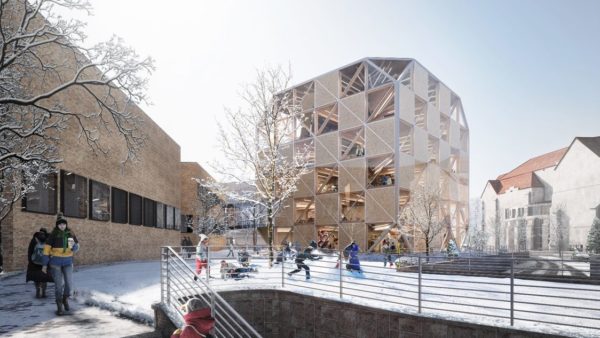
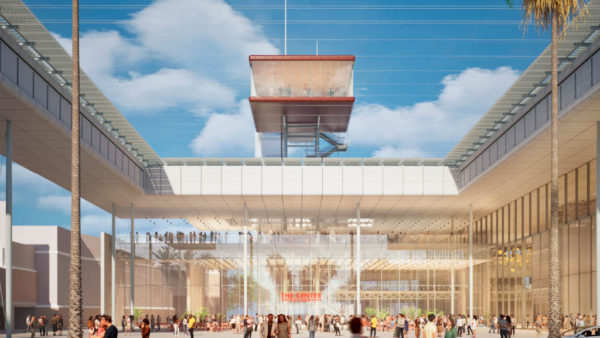
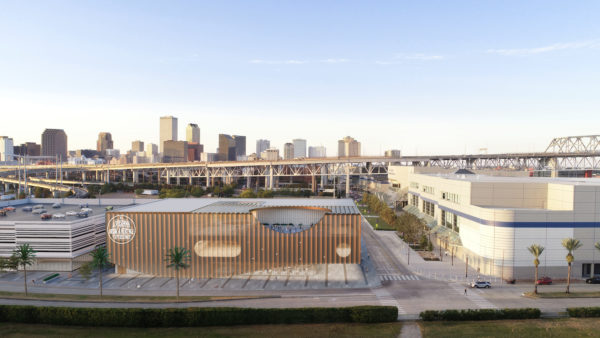

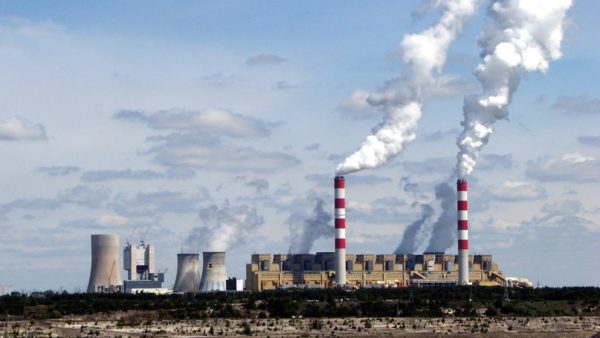
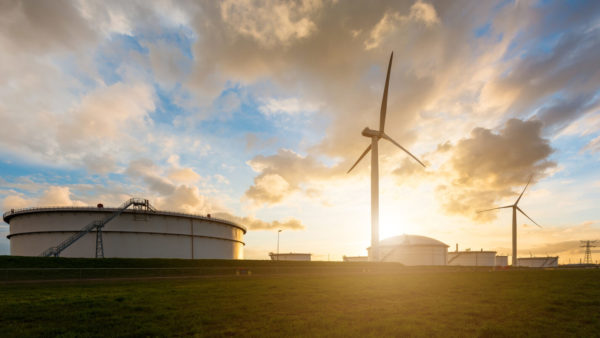
The quality problems they published are not as bad as they believed.
For example, to achieve such high damping for such huge structures they will raise the fluid temperature by hundred degrees. Given the simplistic modeling they will perform well in moderate quakes as long as they are not long duration and no rapid fire aftershocks.
The more important issue is whether they leak or not which already happened with Bay Bridge west span which was retrofitted with a local brand. If KYB dampers do not leak as much, they are already quite good in performance.